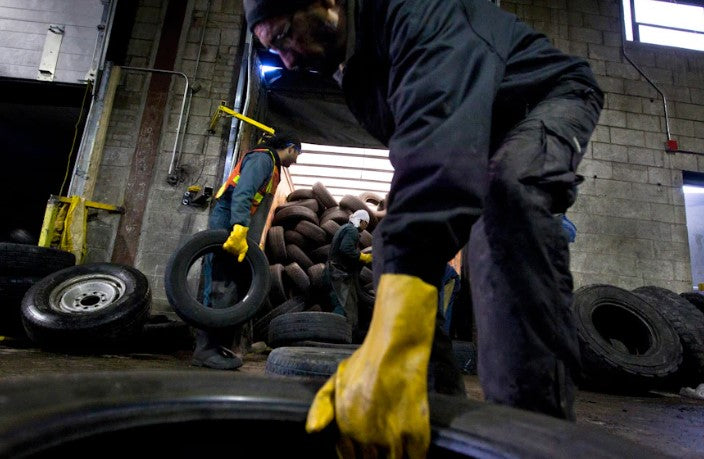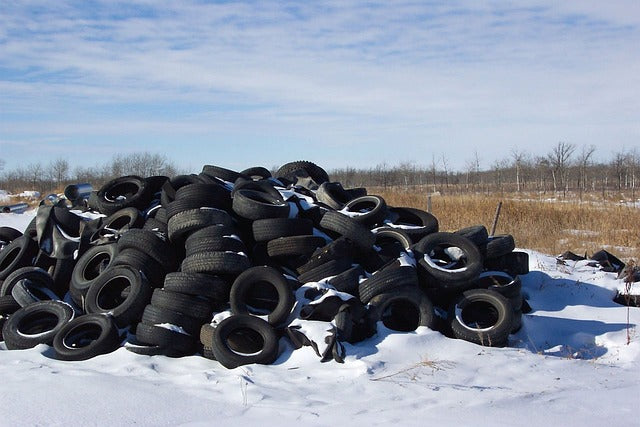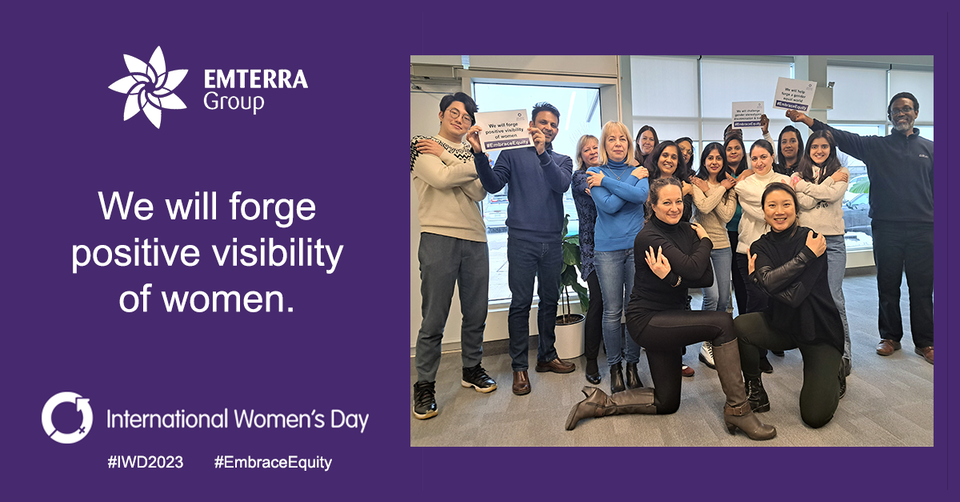
Plastic Recycling Codes: What do they mean?
We’ve all searched for a plastic code when we’re unsure whether a product or its packaging is recyclable. When we find the numbered recycling symbol, we automatically assume that the item can go in our curbside recycling; however, this is not always the case.
The plastic recycling number system identifies the type of plastic polymers used in its manufacturing, some of which can be recycled while others are more difficult or cannot be recycled.
Here are the 7 types of plastic recycling codes that will help you recycle right.
1 – PET (Polyethylene Terephthalate)
One of the most commonly used plastics, polyethylene terephthalate (PET) holds the number one spot because of its widespread utility. This lightweight yet strong plastic has excellent chemical resistance to organic materials and water, making it a popular choice for food and drink packaging to prevent products from spoiling. PET is present in clothing fibres, food and liquid containers, and many other products that we use on a daily basis. PET is widely and easily recyclable through curbside recycling programs.
Examples: beverage bottles, food bottles/jars (salad dressing, peanut butter, honey, etc.), fibre, carpet
2 – HDPE (High Density Polyethylene)

High-Density Polyethylene (HDPE) is much stronger and thicker than PET because it’s a thermoplastic resin with incredible resistance used for grocery bags, plastic bottles, recycling bins, rigid piping, and much more. HDPE is one of the easiest plastic polymers to recycle and is widely accepted through curbside recycling programs.
Examples: Milk jugs, detergent bottles, shampoo bottles, yogurt containers, cereal box liners
3 – PVC (Polyvinyl Chloride)

Polyvinyl chloride (PVC) comes in two basic forms: rigid and flexible. In its rigid form, PVC is resistant to chemicals and weathering, making it a popular material in the building and construction industry. PVC is well-known for its ability to blend with other materials, making it softer and more flexible for use in plumbing products, electrical cable insulation, clothing, medical tubing, etc.
With its versatile properties of lightness and durability, PVC is replacing traditional building materials like wood, metal, concrete, rubber, ceramics, etc. Despite its many advantages and efforts made by the plastic industry to increase its reusability, PVC is the most dangerous plastic to human health and is still hardly recyclable and should therefore be avoided whenever possible.
Examples: plumbing pipes, credit cards, human and pet toys, rain gutters, IV fluid bags and medical tubing and oxygen masks
4 - LDPE (Low Density Polyethylene)

Low-density polyethylene (LDPE or PE-LD) is a softer, clearer, and more flexible version of HDPE because it consists of low-density molecules that can make a thinner resin. This thin, flexible plastic is used to make products like shopping bags, clear food containers, and disposable packaging, or as a liner inside beverage cartons and other products.
LDPE is the simplest structure of all the plastics, making it easy and cheap to produce. However, some LDPE products are NOT recyclable in curbside recycling programs, including but not limited to plastic bags, six-pack rings, and plastic wrap. Be sure to consult your community’s list of acceptable items when unsure about the acceptability of #4 plastics.
Examples: Plastic/cling wrap, sandwich and bread bags, bubble wrap, garbage bags, grocery bags, beverage cups
5 – PP (Polypropylene)

Polypropylene (PP) is a widely produced synthetic plastic, thanks to its flexible thermoplastic polymers. It is very popular in food packaging and TupperwareTM due to its heat-resistant properties. PP's flexibility and durability allow for mild bending, but it retains its shape and strength for a long time, even under repeated stress.
Examples: yogurt lids, straws, bottle caps, prescription bottles, hot food containers, packaging tape, automotive parts, disposable diapers
6 – PS (Polystyrene)

From beverage cups, insulation, and packing materials to egg cartons and disposable dinnerware, polystyrene (PS) can be found everywhere and comes in two basic forms: rigid and expanded. Better known as Styrofoam, expanded PS is low-cost and insulates very well, which has made it a staple in the food, packaging, and construction industries.
However, be cautious when heating up your leftovers in a Styrofoam takeout container. While polystyrene is highly inflammable, it is dangerous when it heats up as it can release harmful toxins that are absorbed by the food and thus ingested by humans.
From an environmental standpoint, it is among the worst types of plastics. With its lightweight design and inability to break down naturally, expanded polystyrene is often consumed by animals who do not recognize it as artificial.
Styrofoam is NOT recyclable in many communities, and you should check your local recycling guide and if you are unsure, avoid putting it in your recycling bin, so it doesn’t contaminate recyclables.
Examples: disposable cups, takeout food containers, shipping and product packaging, egg cartons, meat trays, building insulation.
7 – O (Other plastics)

If a plastic cannot be identified in the six types mentioned above, then it will be included in group #7. The most common plastics labelled as #7 are polycarbonates (PC), which are used to create eyeglass lenses and safety goggles.
#7 plastics are rarely recycled or transformed into something new. Polycarbonates have been known to release bisphenol A, a compound that is on the list of potential environmental hazardous chemicals, which does not decompose, meaning this chemical will live on in landfills and potentially find its way into water bodies.
It is inevitable that you will purchase products with plastic code #7, and some of these plastic items will have to be thrown away. However, you can prevent dangerous toxins from entering the environment by donating items where possible or searching for take-back programs and drop-off depots. For example, some optometrists offer take-back programs for your old eyeglasses and some electronic retailers will accept end-of-life electronics.
Examples: eyeglasses, baby bottles, electronics, CD/DVDs, lighting fixtures, clear plastic cutlery
Plastic recycling codes do NOT mean a product is recyclable. Furthermore, each community's recycling program is different for a variety of reasons, meaning it is important you check your community's list of acceptable items to prevent unrecyclable items from contaminating the recycling process.
While plastic recycling codes are often overlooked in manufacturing and consumption, they can be used to make distinctions between plastics that would be safer to use than other plastics. Using more recyclable plastics not only helps our health but also the health of our planet.




